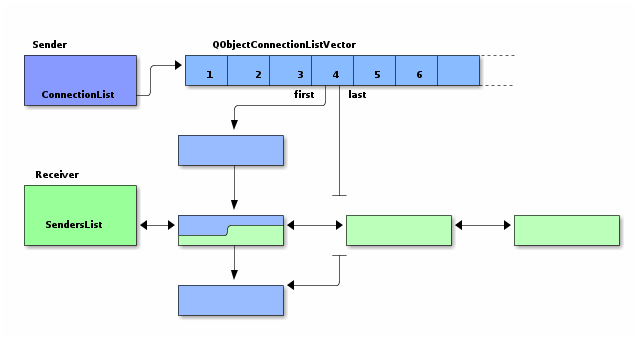Signals And Slots Pyqt5
As part of our PyQt Tutorial series, we’ve gone through some basic layout management in addition to a conversation about some interface design… but now when I click buttons I want things to happen!
In order to achieve that goal, we’re going to have to learn about signals and slots.
Let me let you in on a little secret. Signals and slots? They’re magical. Seriously, they are pretty cool.
Let’s go back to our face recognition example. If you’re jumping around, you can catch up to the source code that we’re starting at here. This time, since we know layouts due to the layout management post, we’re going to build our own widget so that we can better hook up our signals and slots.
Signals And Slots Example Pyqt5
This is going to track closely to the face detection post where I originally created this widget.

Signal and slot mechanism. Signals are emitted, when users click on the button, drag a slider etc. Signals can be emitted also by the environment. A Slot is a method, that reacts to a signal. In python, a slot can be any python callable. Signals and slots are loosely coupled: A class which emits a signal neither knows nor cares which slots receive the signal. Qt's signals and slots mechanism ensures that if you connect a signal to a slot, the slot will be called with the signal's parameters at the right time. Signals and slots can take any number of arguments of any type.

You’ll notice that in the code above, I didn’t put the QPushButton (instance member name of record_button), as a instance member. Since I added the push button to our layout, the layout will actually keep a reference to the instance, preventing garbage collection.

So all of that code should be review. Create a layout, add some widgets to the layout, and then set the layout on our widget.
Now let’s go ahead and wire our creation up using signals and slots.
As the documentation states, signals and slots are used for communication between objects. In this case, we want to communicate between our push button object and our record video object. Specially, when we push the “Run” button, we want our video recording object to start recording.
So looking at the push button documentation, we can see that we have several signals available to us. The one we’re interested in is clicked. Now the function that we want called after our button is clicked is the start_recording method on the VideoRecord instance. To do this, we’ll call the connect method on the clicked class instance and pass our start_recording method in as the argument. We also need to wire our image_data signal to our image_data_slot. That’s a lot of words. Let’s see it in action.
In PyQt, we can connect signals to any method call as long as the signatures match. In the case of our clicked method, no arguments are transmitted when the signal is emitted. However, if we look at the QComboBox signal documentation, we’ll see that some of the signals (activated for example) emit arguments that we need to catch in our method call.
Connect Signal And Slot Pyqt5

Let’s go ahead and define our own custom signal. For example, maybe we want to transmit a signal whenever a face is detected in our widget. Let’s go ahead and subclass our FaceDetectionWidget. We’ll create a face_detected signal and override our image_data_slot method to emit the face detected signal whenever we find a face.
Notice that we call the emit method on the face_detected signal.
But how do we emit arguments? Well we’ll need to define the arguments that we want to pass in our signal. So let’s say that we not only want to emit the fact that we detected a face, but we want to emit the coordinates of the face as well.
Tutorial Pyqt5 Signals And Slots

Note that signals are always defined as class variables instead of instance variables. If you’re confused about the difference, this stack overflow post does a good job of differentiating the two.
That should be enough to get you started. Be sure to check out the PyQt documentation on signals and slots for a more in depth treatment.